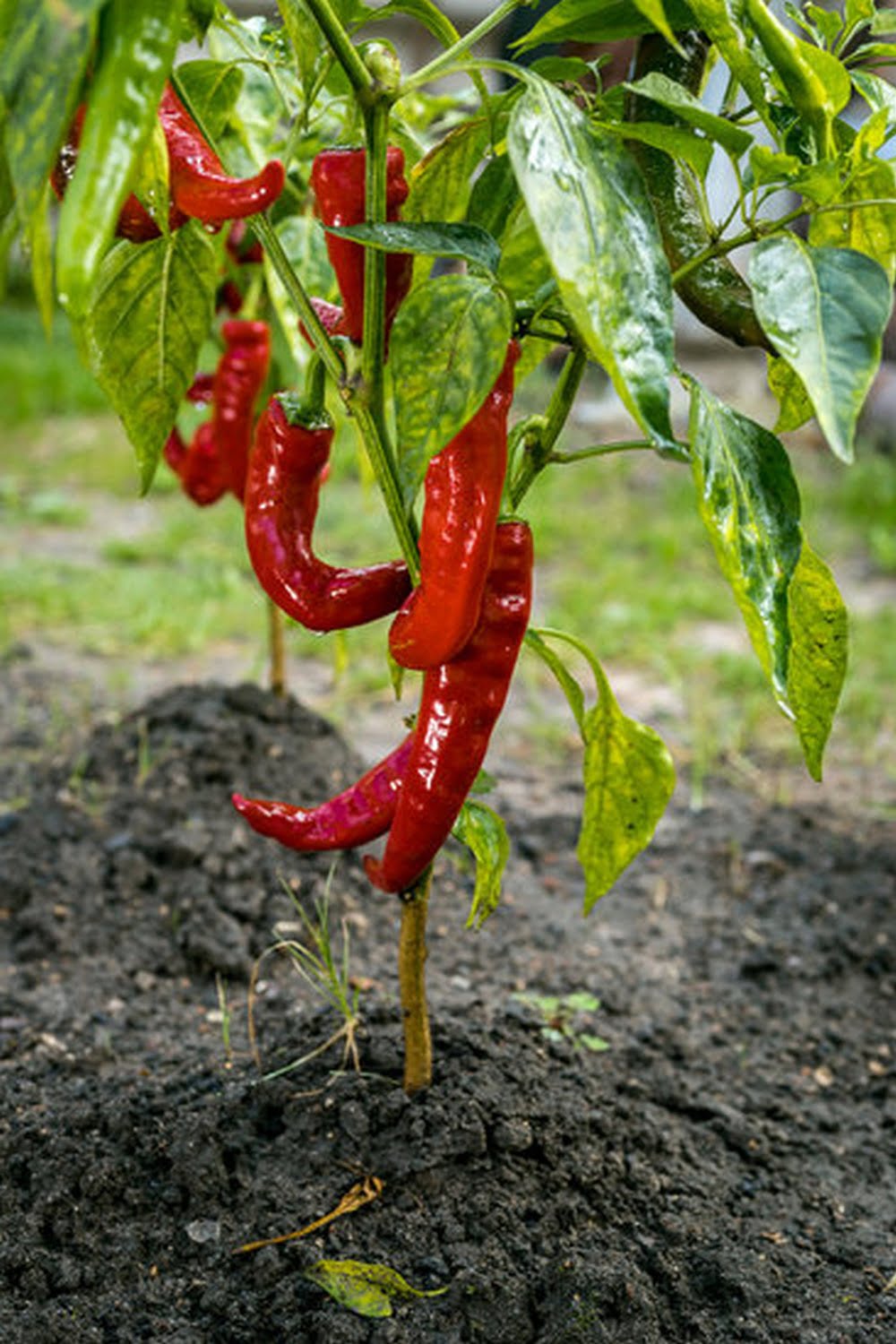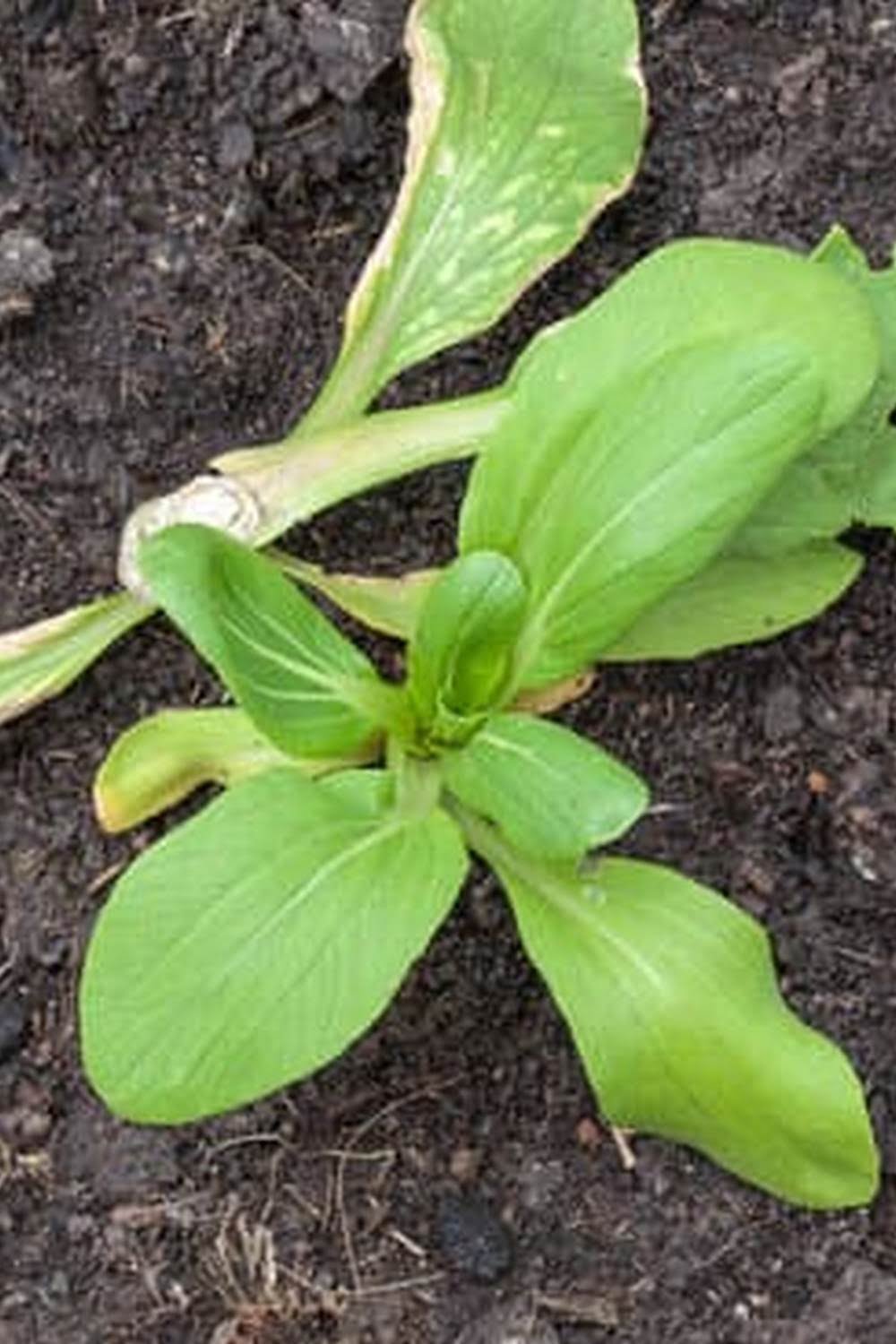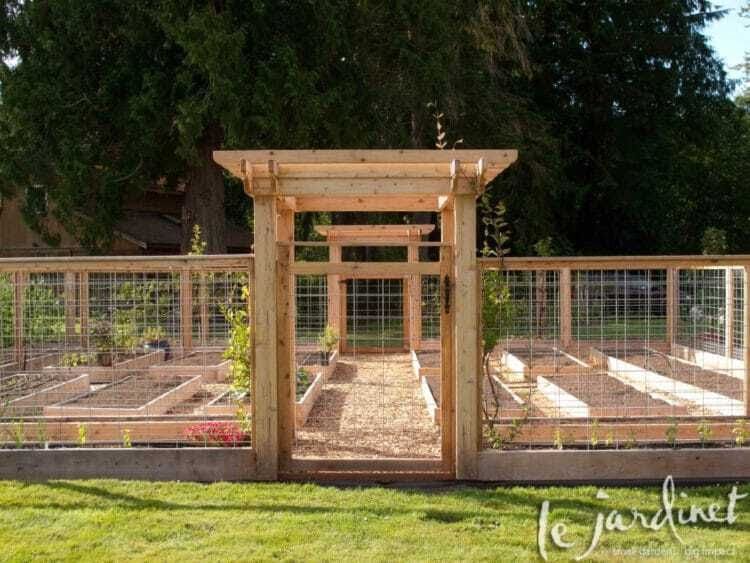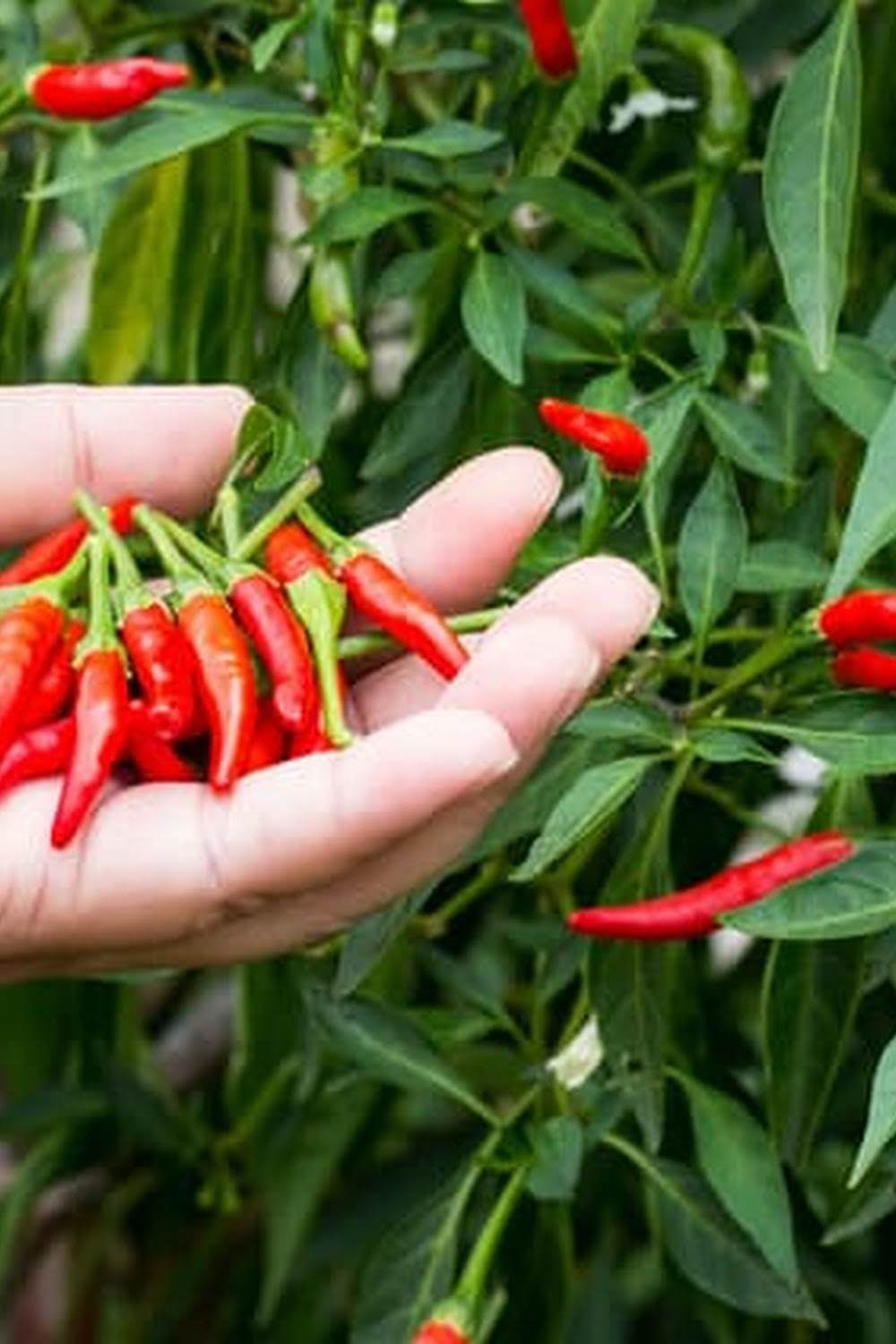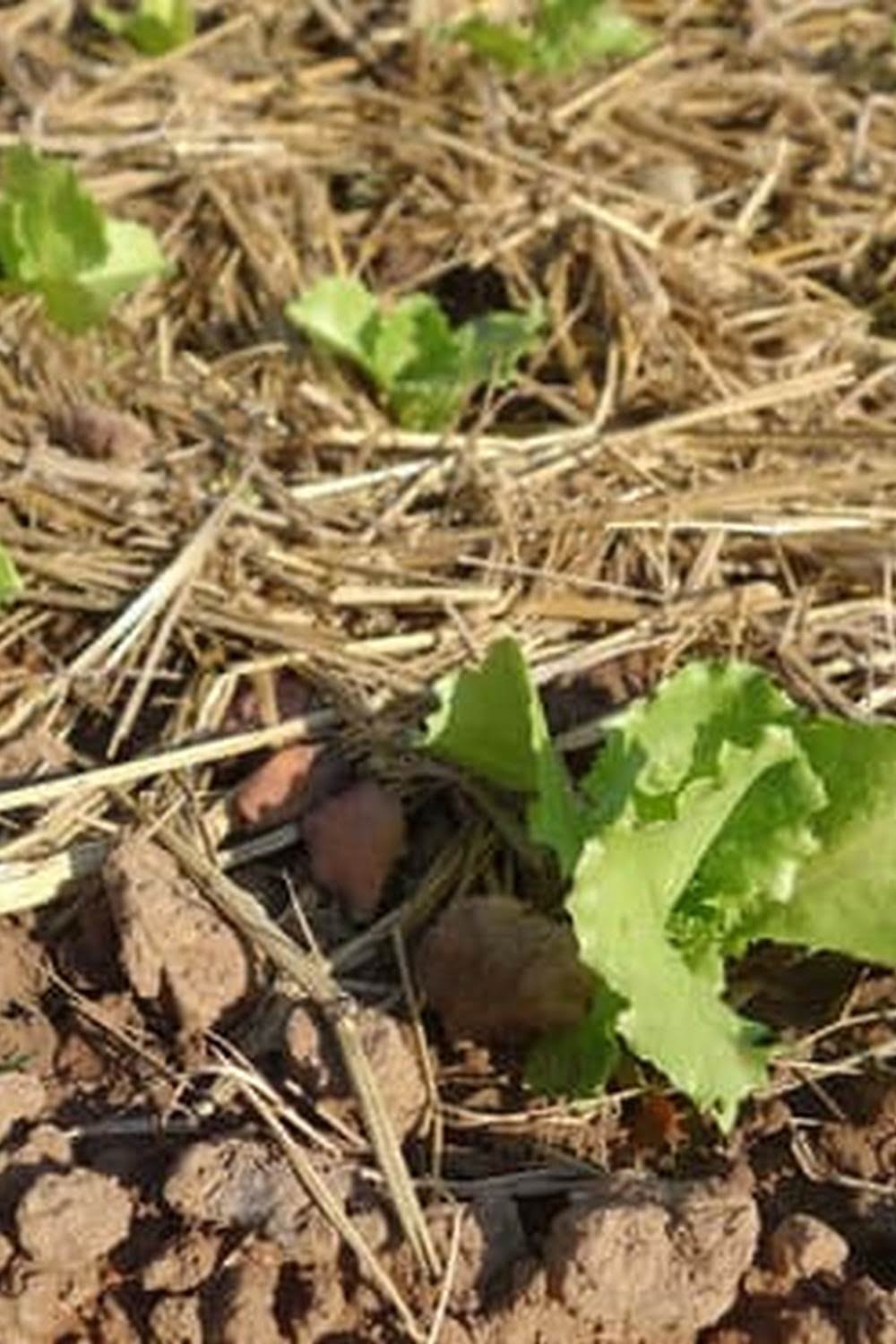How Much Soil For Vegetable Garden
Soil is the foundation of a successful vegetable garden. The type and quality of the soil you start with will determine the success of your garden. Good soil is loose, well-drained, and full of organic matter. It is important to test your soil to see what type of soil you have and to find out what amendments are needed to make your soil the best it can be.
If you have clay soil, you will need to add organic matter to loosen it up. Sandy soil will need to be amended with organic matter to help it retain water and nutrients. A soil test will also tell you how much lime or sulfur is needed to adjust the pH of your soil.
The best way to improve your soil is to add organic matter in the form of compost, manure, or leaf mold. Compost is the best organic matter to add to your soil, because it is made up of a variety of materials that are beneficial to plants. Manure is also a good source of organic matter, but it can be high in salts, so it should be used in moderation. Leaf mold is a good way to add organic matter to sandy soil.
You can also improve your soil by planting cover crops. Cover crops are plants that are grown specifically to improve the soil. They add organic matter to the soil, help to control erosion, and improve the texture of the soil.
The amount of soil you need for a vegetable garden will depend on the size of your garden. A general rule of thumb is to have at least 10 inches of good soil. If your soil is not good, you will need to add more soil to your garden.
Ideal Soil For Vegetable Garden
A vegetable garden needs soil that is rich in organic matter and nutrients. The best way to achieve this is to start with a soil mix that is specifically designed for vegetable gardens. You can buy a soil mix or make your own.
If you are making your own soil mix, start by mixing one part organic matter, such as peat moss, compost, or ground bark, with two parts soil. If your soil is heavy or clay-like, add some sand or perlite to lighten it up. You can also add some fertilizer to the mix to provide your plants with the nutrients they need.
The ideal soil for a vegetable garden is loose, fertile, and well-drained. It should also be slightly acidic, with a pH between 6 and 7. If your soil is not acidic enough, you can add some sulfur to make it more acidic.
If you are not sure whether your soil is good enough for a vegetable garden, you can have it tested. A soil test will tell you the pH of your soil and the levels of organic matter, nitrogen, phosphorus, and potassium.
What To Use For Vegetable Garden Soil
When it comes to vegetable garden soil, there are many different opinions on what to use. Some people swear by using organic matter, such as compost, while others prefer using a soil amendment like peat moss. The key to success is to find the right balance for your garden.
If you are starting with virgin soil, you will need to add some organic matter to it to improve the texture and drainage. This can be done by adding compost, rotted manure, or a soil amendment like peat moss. Be sure to mix it in well to get the best results.
If you are using soil that has already been amended, you may not need to add any additional organic matter. However, you may still want to add a fertilizer to ensure your plants have all the nutrients they need.
No matter what type of soil you are using, it is important to keep it well-drained. Heavy soils can be improved by adding organic matter, while sandy soils can be improved by adding a soil amendment like peat moss.
Choosing the right soil for your vegetable garden is an important step in ensuring your plants have the best possible chance for success. By using a soil that is suited to your garden’s needs, you can avoid many common problems, such as poor soil drainage and nutrient deficiencies.
Organic Vegetable Garden Soil Recipe
Ingredients:
1/3 part organic matter (compost, aged manure, leaf mold, etc.)
1/3 part sand
1/3 part soil
Directions:
1. Combine the organic matter, sand, and soil in a wheelbarrow, mixing well.
2. Spread the mixture evenly in your garden bed, and rake it smooth.
3. Dig a hole in the center of the bed, and add water.
4. Mix the water into the soil, and then fill in the hole.
5. Repeat these steps for each garden bed.
Vegetable Garden Soil Mix Ratio
The best vegetable garden soil mix ratio is a combination of two parts organic matter to one part soil. This will ensure that your plants have access to the nutrients they need, while also keeping the soil healthy and aerated.
Organic matter can include things like compost, manure, or leaf mulch. Soil can be either purchased or taken from your yard. If you are using soil from your yard, make sure to test it for pH levels and nutrient content before adding it to your mix.
If your soil is not ideal for growing vegetables, you can amend it with organic matter to create a more balanced mix. Add one part organic matter to two parts soil to create a vegetable garden soil mix that is perfect for your plants.

If you’re looking to get into vegetable gardening, or are just looking for some tips on how to make your current garden better, then you’ve come to the right place! My name is Ethel and I have been gardening for years. In this blog, I’m going to share with you some of my best tips on how to create a successful vegetable garden.

